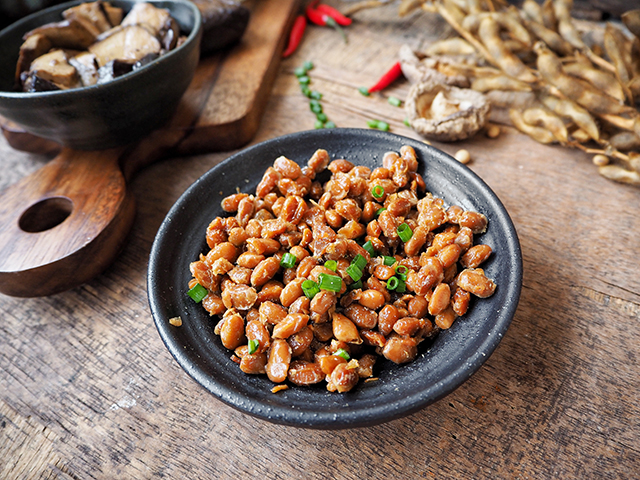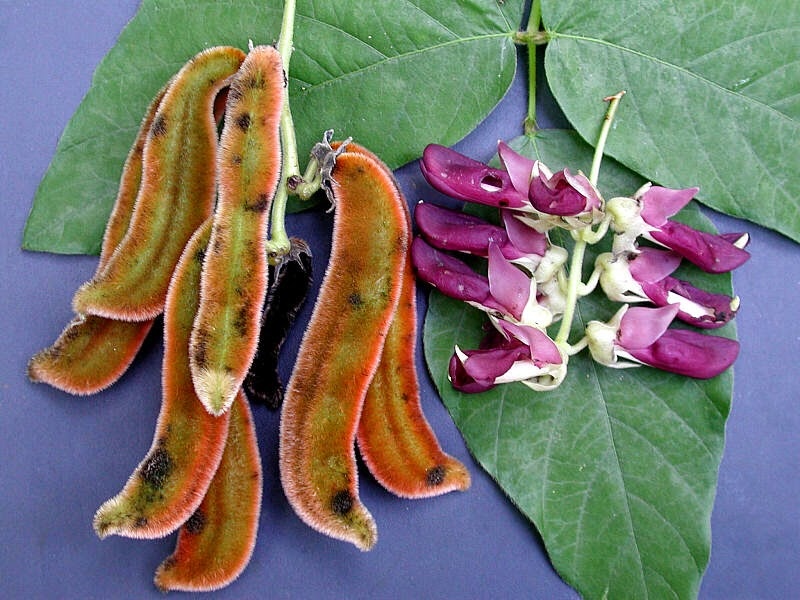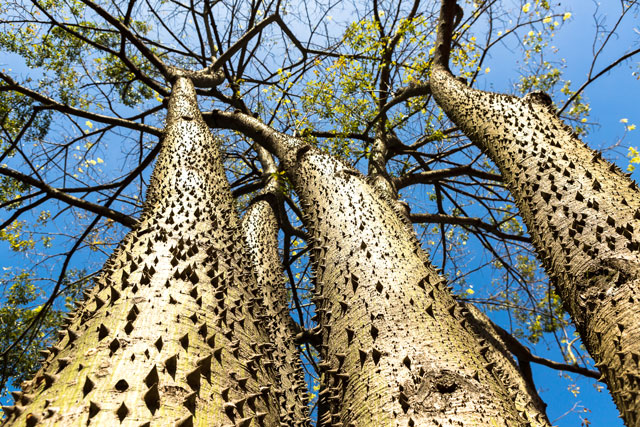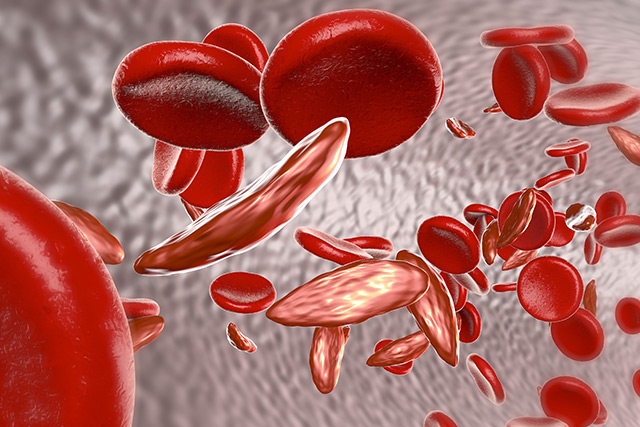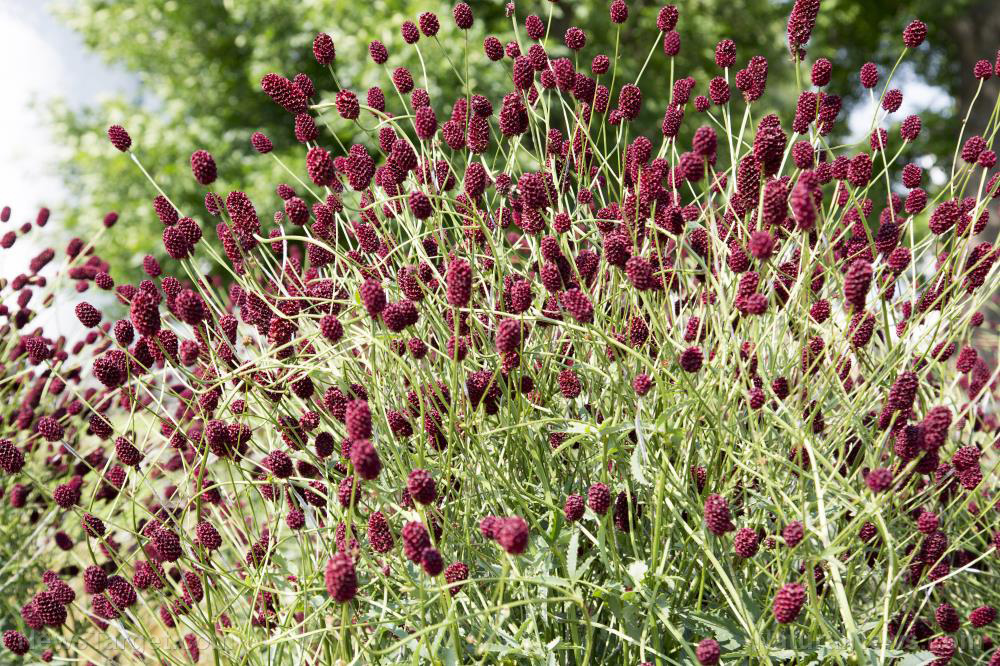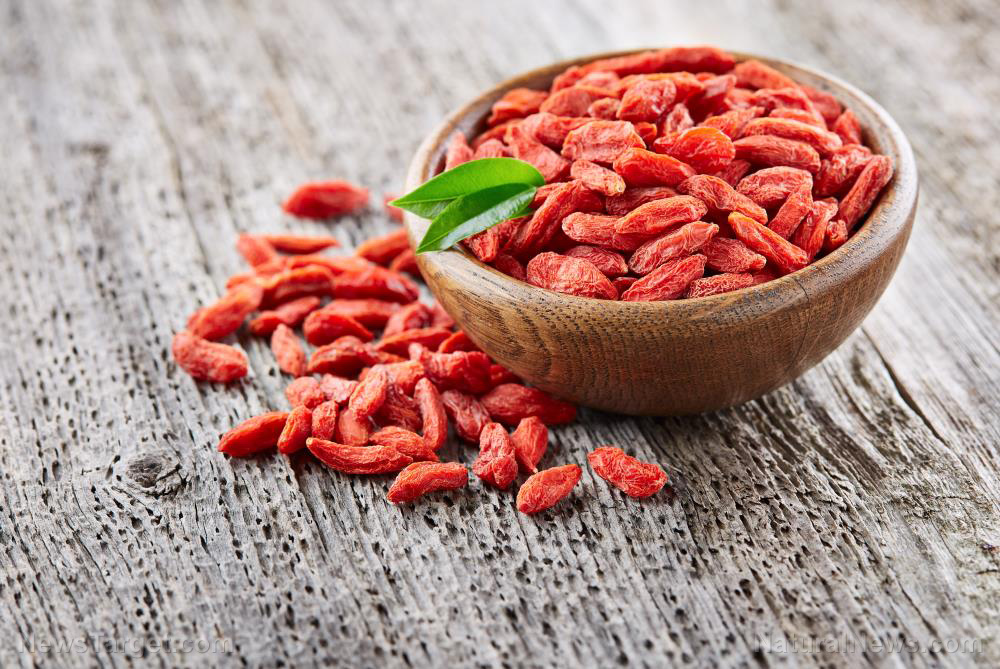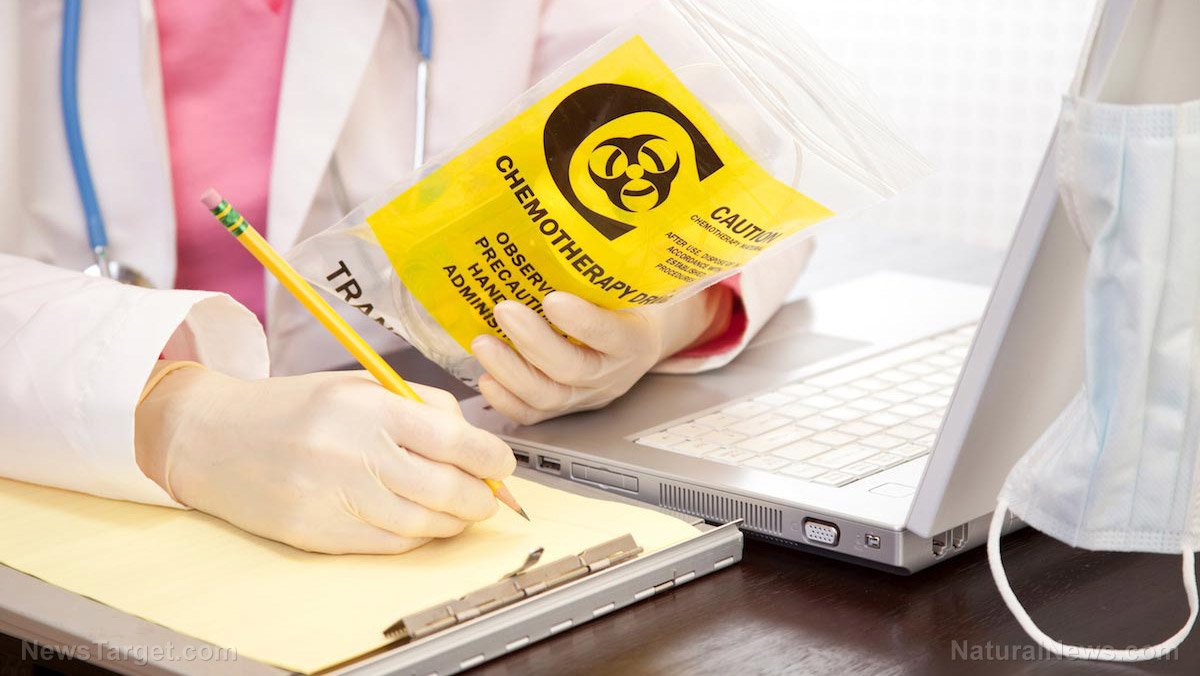Evaluating the antimicrobial and antiproliferative activity of Amazonian mint
09/06/2018 / By Michelle Simmons

Research has shown that the Amazonian mint (Ocimum micranthum) could potentially be used in treating wounds. The study, published in the journal BMC Complementary and Alternative Medicine, evaluated the antimicrobial and antiproliferative activities of the essential oil and crude extracts of the Amazonian mint.
- Amazonian mint has been used in traditional medicine for treating cutaneous infections and wounds.
- Researchers from Mexico tested the antimicrobial activity of essential oil and aqueous and ethanolic extracts of Amazonian mint leaves against Staphylococcus aureus, Bacillus subtilis, Pseudomonas aeruginosa, and Candida albicans.
- The researchers also evaluated the antiproliferative activity of the plant in cells of human fibroblast (hFB) and Chinese hamster ovary (CHO-K1) cells.
- Results revealed that even low concentrations of essential oil and extracts of the Amazonian mint are enough to cause an antiproliferative effect on the hFB cell line.
- The antiproliferative effect was more evident in the essential oil, which may be associated with a synergic effect of some volatile compounds with antioxidant characteristics present in the extract.
- However, the essential oil and extracts of the Amazonian mint did not cause an antimicrobial effect against the microorganisms studied.
- Nonetheless, the ethanolic extract showed potential as a fungistatic agent at low concentrations.
In conclusion, the findings of the study suggested that low concentrations of essential oil and extracts of the Amazonian mint leaves possess antiproliferative activity.
Read the full text of the study at this link.
To read more stories on skincare, visit Cosmetics.news today.
Journal Reference:
Caamal-Herrera IO, Carrillo-Cocom LM, Escalante-Rendiz DY, Araiz-Hernandez D, Azamar-Barrios JA. ANTIMICROBIAL AND ANTIPROLIFERATIVE ACTIVITY OF ESSENTIAL OIL, AQUEOUS AND ETHANOLIC EXTRACTS OF OCIMUM MICRANTHUM WILLD LEAVES. BMC Complementary and Alternative Medicine. 8 February 2018; 18(55). DOI: 10.1186/s12906-018-2122-z
Tagged Under: alternative medicine, Amazonian mint, cutaneous infections, herbal medicine, herbal plants, Herbs, natural cures, natural healing, natural medicine, natural remedies, Ocimum micranthum Willd, Wound Healing, wound treatment



